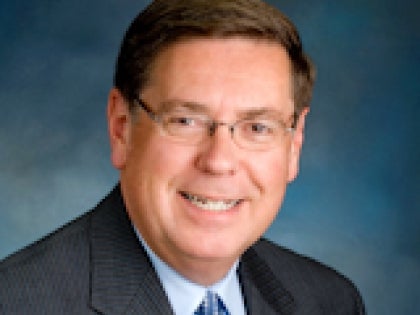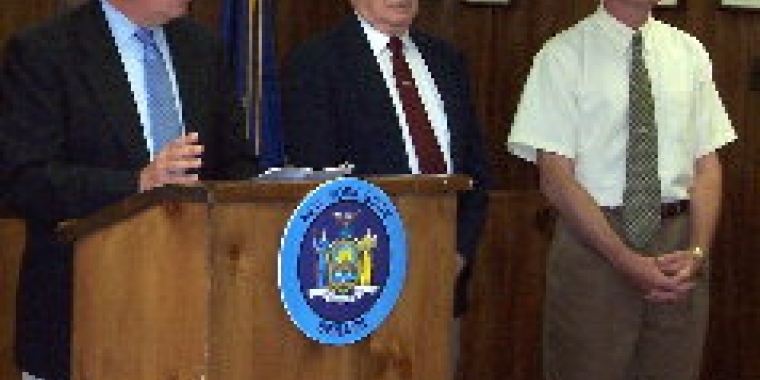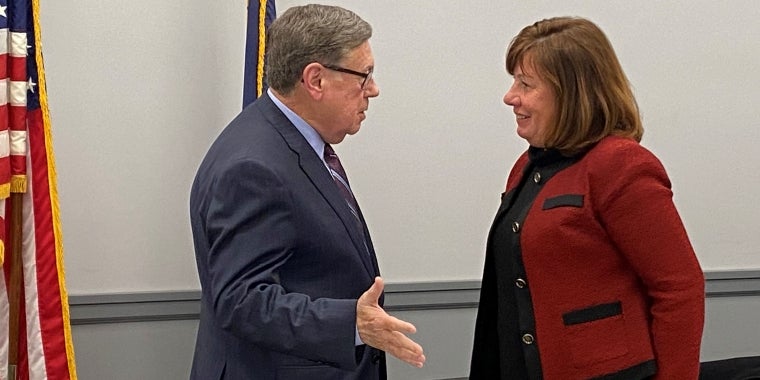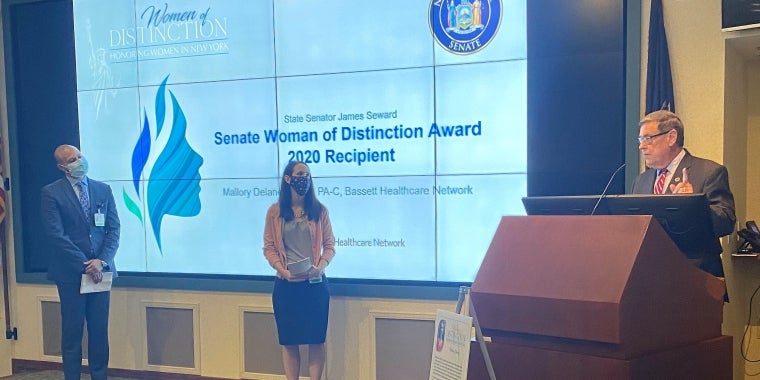
Seward Announces Beaver River Deal

State Senator James L. Seward today announced that an agreement reached between the State of New York, the Adirondack Railway Preservation Society and the Beaver River Property Owners' Association would permit the restart of rail service into the hamlet of Beaver River Station. Rail service ended in 2002 and the cost of insurance made a permit too costly for the family that previously held it. Seward also unveiled $2,000 in state aid toward the cost of the insurance premium.
"I am pleased to announce that the state, the railway society and the property owners' association have reached an agreement in principle on the terms of a permit to be issued to the property owners' association for the use of the rails between Big Moose and Beaver River Station," Senator Seward said. "This is the culmination of years of work, debate, discussion and meetings on the part of many players, including the DOT, property owners, the town, the school district, and my office.
"It achieves the simple essence of what is needed here: a plan for rail service into and out of Beaver River to accommodate the people who live there and seasonal residents too.
"The cost of the insurance -- out of reach for an individual or family -- will be borne by the Beaver River Property Owners' Association with a little help from a state grant of $2,000 I have secured," Seward added
Terms of the agreement:
*The property owners' association will maintain a high-rail vehicle operated according to the standards of the Federal Railroad Administration;
*The association will provide service for passengers and limited freight on an "on-call" basis;
*The association will maintain an insurance policy in force with a minimum of $4,000,000 in coverage with the state and the railway society as additional insureds;
*The railway society will provide dispatching services via radios;
*Proper training will be required for any association drivers;
*No hazardous materials will be transported.
Seward was joined at the press conference by Assemblyman Marc Butler (R-C-I/117th A.D.), NYS Department of Transportation Regional Director Mark Silo, Beaver River Property Owners' Association William Partridge, and Adirondack Railway Preservation Society Vice President Joel Plumley.
"Thanks to Senator Seward and his office for their perseverance in helping to resolve this long-standing issue," said Assemblyman Butler. "The senator and I have worked for many months to bring a resolution to this issue. It has involved many meetings and discussions with a variety of state and local officials as we searched for an answer that was responsive to everyone's needs. It's such a pleasure to stand here today and announce that those efforts have finally paid off."
"As a longtime steward of the 118 mile Adirondack railroad, NYSDOT is pleased to see the corridor used in the public interest. We believe this new arrangement will provide for the use of this state asset in a safe and beneficial way," said Mark Silo, state Department of Transportation Region 2 regional director.
"The Adirondack Scenic Railroad is pleased to be a part of the solution to the very difficult problem of access to Beaver River. One of our goals is – and always has been – to provide rail service to the people in the more remote areas along the Utica to Lake Placid Corridor, and we hope to continue this as the railroad expands. We thank Senator Seward and his staff, who worked very hard to bring all of the parties together successfully," said Joel D. Plumley, P.E., vice president, Adirondack Scenic Railroad.
"This project really got started at the meeting at Old Forge convened by Senator Seward’s office last April. Its success to date is a result of the continued support from his office and the cooperation of the NYSDOT, the ASRR, the town of Webb, and ALL of the people of Beaver River. The Beaver River Property Owners Association is very appreciative of those efforts," said William Partridge, president of the Beaver River Property Owners Association.
Beaver River Station is the only place in New York without road access. Its residents are dependent on rail, boat and snowmobile for transportation.
-30-



